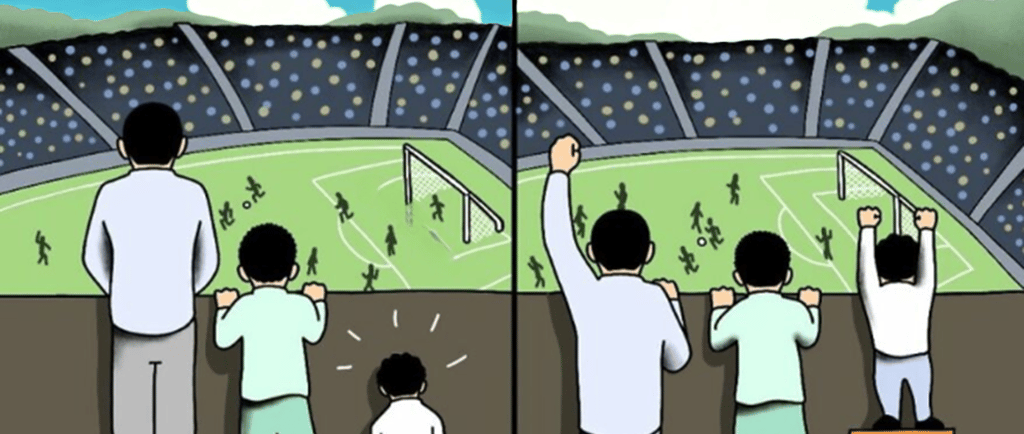Beyond the Fence: The Picture That Changed How I See Inclusive Education”
Yirgalem M. Habte, PhD.
7/1/20251 min read


Some lessons don’t come from textbooks; they come from moments of unexpected clarity. For me, that moment came through a simple but powerful image: three people standing behind a fence, trying to watch a game. On the left side, each person was given the same-sized box to stand on. The taller individuals could see the game, but the shortest remained unable to see. It struck me immediately. Treating everyone the same isn't always fair. In fact, in an education setting, where students vary in ability, background, and support needs, equality without context can be another form of exclusion.
Then I looked at the right side of the image, and everything shifted. Instead of offering equal tools, the environment was adjusted: the ground beneath the shortest individual was raised, allowing all three to see the game. That single change opened my eyes. This wasn’t just about support; it was about removing structural barriers that prevent full participation. That’s the heart of inclusive education. It’s not about giving every student the same thing but about giving each student what they need to succeed. Whether that means differentiated instruction, accessible materials, or emotional and behavioral support, true inclusion is built on intentional design, not default structures.
This image didn’t just illustrate inclusion; it redefined it for me. Inclusion is not a checklist or a policy on paper; it’s a philosophy rooted in equity, empathy, and action. It challenged me to stop asking how students can fit into existing systems and start thinking about how those systems can evolve to fit them. It reminded me that everyone; educators, administrators, parents, and peers shares the responsibility to reshape learning spaces so that no one is left peeking over a fence. Because when we lift barriers instead of people, we don’t just give students a chance to watch the game, we invite them to play.
